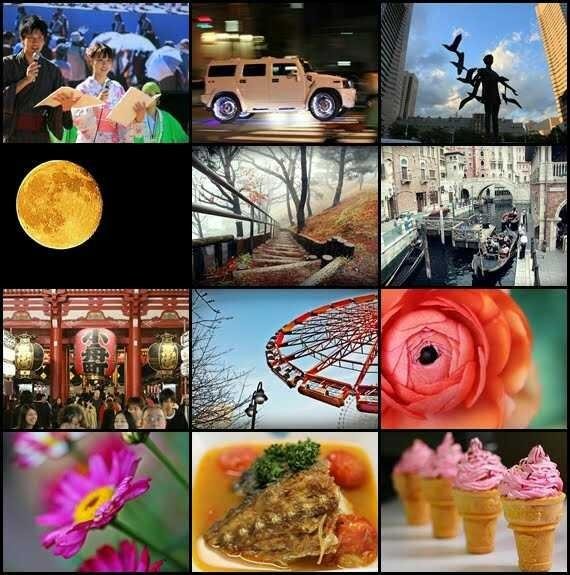How To Become a Great Photographer
I got interested and then pursue the hobby of photography about two years ago. Until then the end of August 2010 I began to seriously learn by buying an entry level class DSLR camera (for beginners), the Canon EOS Kiss X4 double zoom lens kit or better known as the Canon EOS 550D. It is common knowledge that photography hobby is an expensive pastime, because usually the owner of this hobby will continue to feel dissatisfied with the shots so will always upgrade the gear (camera + lens). But believe me, that the person behind the camera, aka the photographer, is the most important of the work of photography itself. If you have not been able to produce a good photo with kit lens, I do not think you have time to replace your lens. With the same philosophy, I finally did not replace my kit lens: D.
Here is a random snapshot photo of my camera, all with kit lens, except the last four is by using a Canon E-60 US f / 2.8 USM Ef-S macro lens. In general, I am interested in all types of photography, whether portrait, landscape, silluet, panning, food, or macro. for the last two types of photography that I finally bought a macro lens a few months ago, which turned out to be quite a drain pouch. While my kit lens, remains a mainstay at the time of shooting other types :). Other photos you can see on the Photo Gallery page.

Understanding ISO Concepts
By definition the ISO is a measure of the sensitivity level of the camera's sensors to light. The higher our ISO setting the more sensitive the sensor is to the light.
To get a clear picture of the ISO setting in our camera (ASA in case of film photography), try to imagine a bee community.
An ISO is a worker's bee. If my camera is set in ISO 100, that means I have 100 worker bees. And if my camera is set at ISO 200 it means I have 200 worker bees.
The job of every worker bee is to pick up the light coming through the camera lens and make the image. If we use identical lenses and aperture we both set in f / 3.5 but I set ISO at 200 while you 100 (think again about worker bees), then the image has anyone who will finish faster?
Outline:
When we add the ISO setting from 100 to 200 (in constantly constant aperture - we lock the aperture in f / 3.5 or via Aperture Priority mode - A or Av), we shorten the time taken in making a photo in our camera sensor to half 2 times faster), from the shutter speed 1/125 to 1/250 seconds. As we add more ISO to 400, we cut the photo creation time by half again: 1/500 seconds. Each time shorten the esksposur time by half, we call raise escaposures by 1 stop.
You can try this understanding in the case of aperture, try our constant shutter speed set at 1/125 (or through Shutter Priority - S or Tv mode), and change your ISO setting in multiples of 2; eg from 100 to 200 to 400 ... etc, look at the change in the size of your aperture.
Good Suggestion. Definitely Helpful...
Thanks bro was upvote me @onephoto .
Follow me 😊